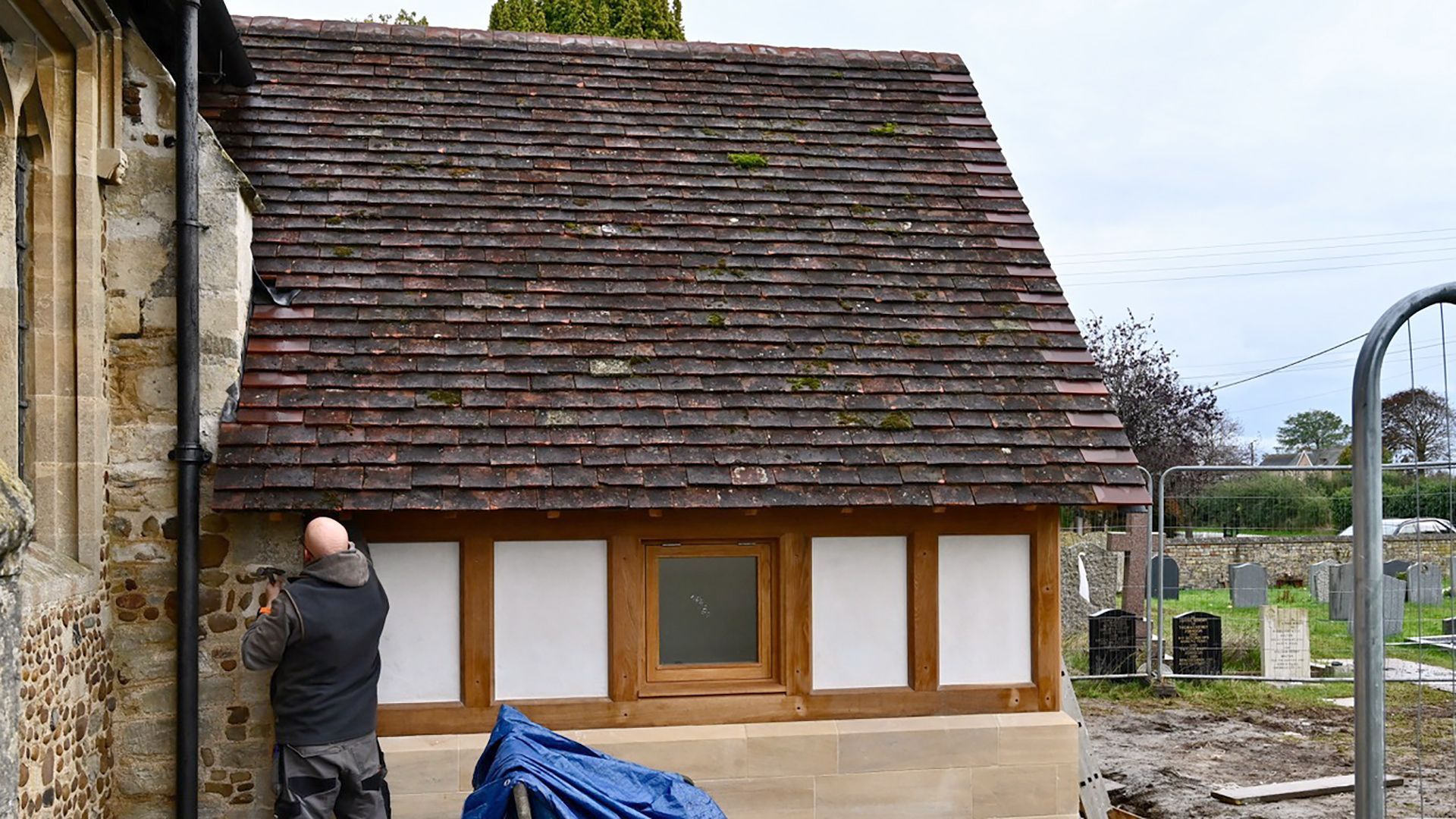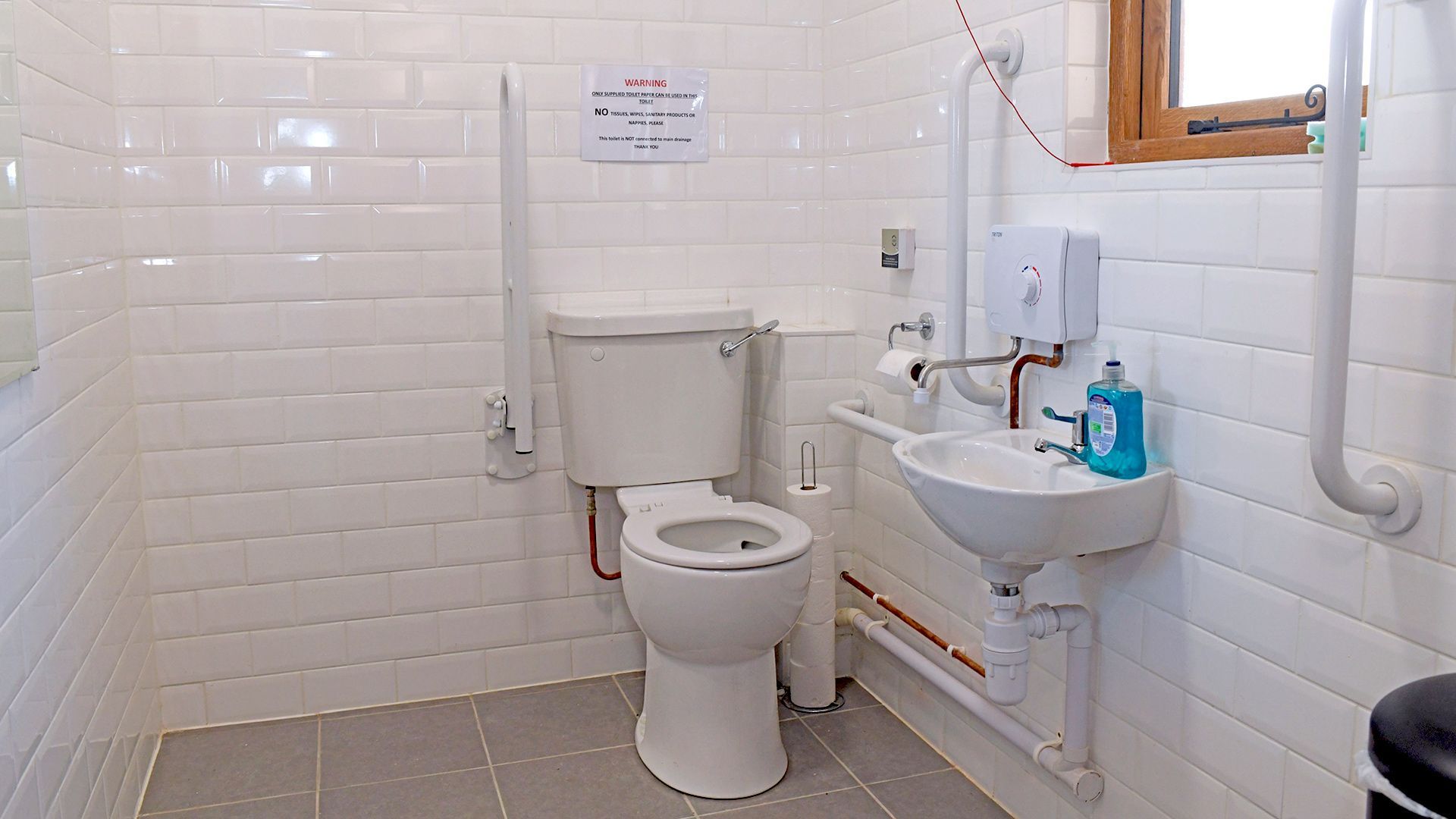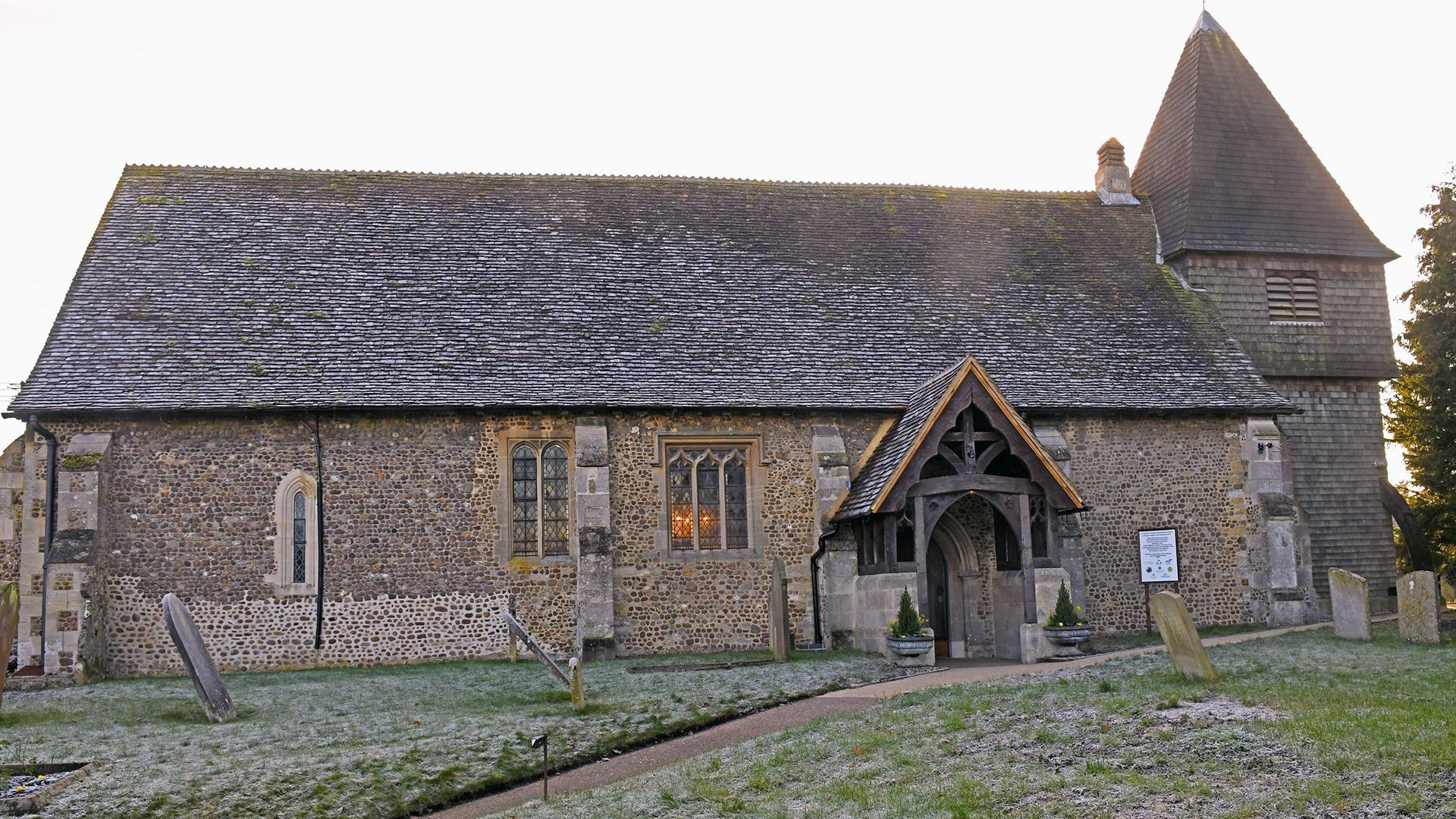"A vital public resource for the village, the church can host a wide range of events and activities and is essential to prevent rural isolation. We are delighted that the project continues to receive full community support."
St Nicolas Church Restoration Group, Hail Weston, Cambridgeshire

Slide title
Write your caption hereButton
Slide title
Write your caption hereButton
Slide title
Write your caption hereButton
Slide title
Write your caption hereButton
Slide title
Write your caption hereButton
Grant funded projects:
- Medieval church restorations
- Sympathetic building extension
- New disabled access
- New catering facilities
The Restoration Group was formed in January 2016 to manage the sympathetic restoration of the medieval country church of St Nicolas, Hail Weston, raising funds to develop and modernise the church in several separate phases for use as a local community meeting space which is accessible, and available for everyone to use on a regular basis throughout the week, when not needed for church services. A vital public resource for the village, the church can host a wide range of events and activities and is essential to prevent rural isolation. We are delighted that the project continues to receive full community support.
A few members of the local congregation, plus village representatives, make up the Group, and whilst none of us initially had any experience of funding a project, we were fortunate to know someone with bid-writing experience who has helped us, and initially advised us that we would need to provide some matched funding to get the project off the ground, - and so local fund-raising began in earnest.
As we wanted to build a small extension on the church to house a disabled toilet and servery, our first task was to appoint a conservation architect. We also sought help from the Ely Diocesan Advisory Committee, and the advice from both was invaluable.
Our local council initially refused planning permission, and we had to go to Appeal. Our local community was amazing, and on the night of the Appeal, one resident provided a vintage double-decker bus, which we filled with supporters. On arrival at the Council Offices, there was insufficient room in the Chamber for all our residents, and more chairs had to be fetched. By the end of the evening, our Appeal was granted!
With planning secured, we now sought urgent help and advice to assist us with our grant applications. Other local churches provided us with names of funders that they had contacted in the past, and there was more information on the internet.
Many hours were spent, researching the criteria for each funder, to see whether Phases 1 and 2 of our project would fit their requirements. When unsure, a simple phone call or email helped to clarify the situation. All the funders that we approached were extremely kind and helpful as they appreciate that, for a novice, making a grant application is not easy. Detailed information is required, and applications are time-consuming. However, you learn by experience and, when you are finally successful, the thrill is unimaginable!
Before we started, a friend who had recently completed a church project in another area warned me that “It will take you 6 years of planning and 6 months to actually carry out the work.” (He had not allowed for the covid pandemic). In the end, it took us 8 years of planning and 8 months to achieve! The result is worth it.
We now have disabled access into the church, the Victorian south porch has been dismantled, restored and re-erected over the north door (our usual entrance into the church) and on the footprint of the former south porch, we now have an extension containing a beautiful oak servery, plus a disabled toilet. There is a wheelchair-friendly path from the churchyard entrance to the back door of the new extension – a real luxury after years of trailing across wet grass!
What have we learnt?
The Restoration Group has delegated powers and Terms of Reference from the Church PCC but is ultimately answerable to them. It has its own bank account and Treasurer. Most PCCs do not have time to run a Restoration project as well as deal with the day to day needs of the church.
Prepare a Statement of Needs and a Statement of Significance at the start. They are both very helpful when writing funding bids as they assist you to keep focussed.
To prevent delays, before you start applying for grants, check that all policies and procedures relating to the building have been reviewed and updated recently.
Keep your committee small and effective – you need people with specialist knowledge/experience that can help with the project. No ‘dead wood’!
Gather up information about how much the building is used already, and by whom.
It is critical to engage regularly with the whole local community and ensure that you reflect their views, local needs and how they wish to use the building in the future.
Don’t rush into the project – take your time to get it right. What you do will be here for many years to come!
Ongoing communication with everyone is key.
Your parish Council can be a huge source of help and advice.
Use a good project manager to oversee the works on your behalf. (Our conservation architect did this for us and we could not have succeeded without him).
Linking up grant funding is difficult. Be prepared to withdraw and reapply in the next funding round.
Don’t give up at the first hurdle; you will get there!!
